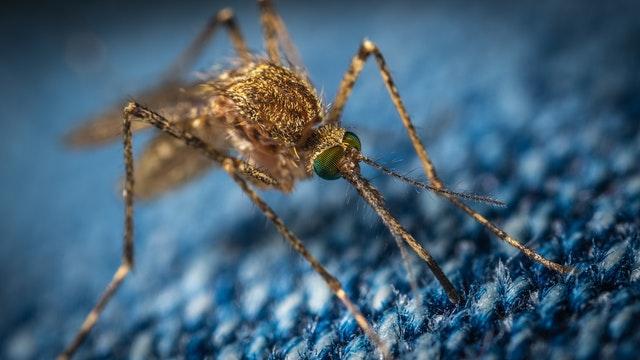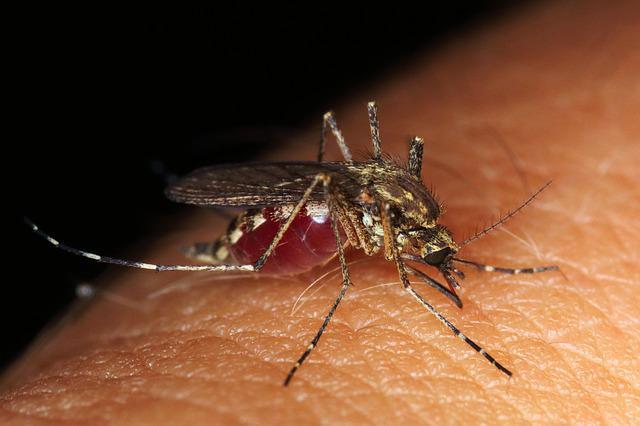
The southern United States is known for its balmy weather and beautiful natural landscapes. But this region is also home to some of the most deadly and painful insects in the country.
The mosquito is one of the most common insects in the southeast, with millions of the bloodsuckers being found in a single square mile of land. Mosquitoes are responsible for bringing in disease, causing painful and itchy rashes, and causing other health problems.
How do mosquitoes spread disease?
Mosquitoes get infected with diseases when they bite people or animals carrying viruses, bacteria, and other pathogens in their blood. When mosquitoes suck blood, they pick up some of these pathogens. The mosquitoes then inject the pathogens into the next person they bite, who can then pass the infection on to other people.

What kinds of diseases are spread by mosquitoes?
Mosquitoes can spread a variety of diseases throughout the southeast. Some of the most common mosquito-borne infections in this region include the West Nile virus, Eastern Equine Encephalitis, and Zika virus. The mosquitoes that spread these diseases are also the same mosquitoes that cause painful and itchy rashes. The most well-known disease spread by mosquitoes recently is the Zika virus, which has caused an outbreak of babies being born with small heads in South Carolina and other parts of the Southeast.
Are any of these diseases deadly?
Many can be deadly diseases spread by mosquitoes in the Southeast. Dengue and West Nile virus are dangerous diseases that can cause death if not treated quickly. Eastern Equine Encephalitis is less well-known, and it’s rare to get the infection. However, the CDC reports nearly 30% of those who get the disease die or suffer long-term neurological damage.
Other severely dangerous or potentially fatal diseases spread by mosquitoes include La Crosse encephalitis, St. Louis encephalitis, and the parasitic disease Malaria.
How can people protect themselves from mosquito-borne diseases?
The CDC recommends dynamic mosquito control both outside and within the home. Mosquitoes lay their eggs in standing water, so it’s essential to remove all stagnant water from around the house. This includes replacing old tires, filling tree holes, and keeping septic tanks in good repair. If there are large amounts of standing water in a yard, such as ponds, then using a larvacide may be necessary.
Inside the home, it’s essential not to leave doors or windows open. Use door and window screens to keep mosquitoes out. Air conditioning also helps keep mosquitoes out of the home—regularly clean sources of standing water such as flower pots and vases. If mosquitoes do get inside the house, an insecticide will be needed.

What sort of insecticide should be used?
Retail stores typically sell both outdoor and indoor insecticides. Indoor treatments, such as foggers, work quickly but usually require people to leave their homes while the treatment is being applied. Pets will also have to be relocated temporarily. The CDC says indoor remedies alone are not enough. Homeowners will have to treat the inside and outside of their homes.
It’s recommended that those who are not comfortable treating their own homes use a pest control service. When searching for a residential pest control service, it’s essential to find a licensed service and a member of recognized national and state pest control associations.
When in doubt, contact the state Department of Agriculture or an equivalent government agency to inquire about the status of a pest control business.